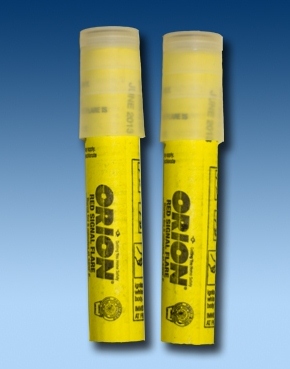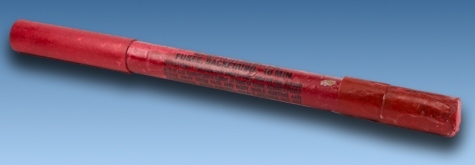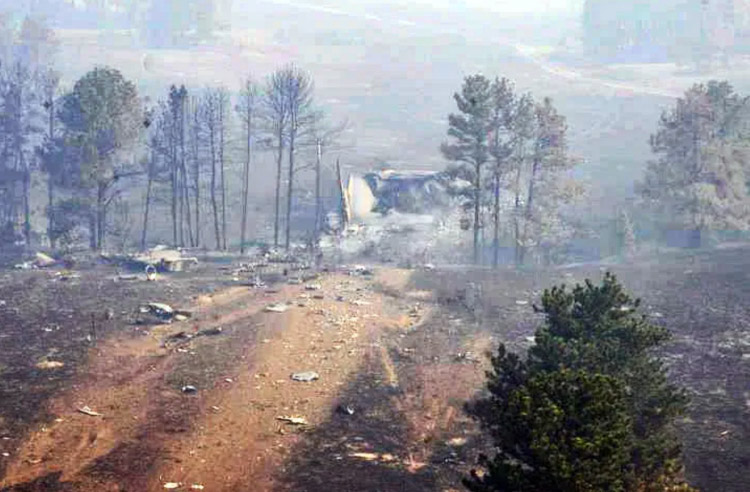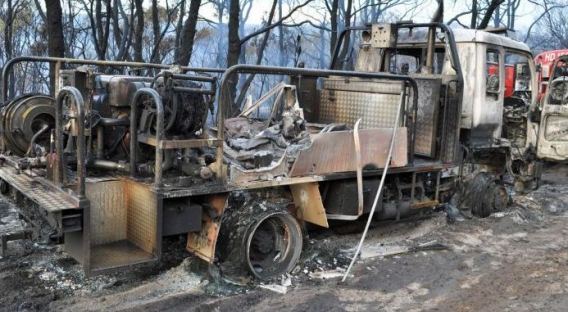Firefighter killed in Clinton County, Illinois
A firefighter was killed Sunday at the scene of a wildfire that spread to a structure. Here is an excerpt from an article at KSDK:
A 45-year-old fireman with the Santa Fe Fire Protection District in Clinton County, Illinois, has been killed at the scene of a fire.
Timothy P. Jansen died of injuries sustained when he was struck by a fire truck in the 9700 block of River Road in Bartelso. The accident happened about 7:45 p.m. Sunday.
Jansen was among the first firefighters to arrive at the scene, which began as a grass fire and spread to a building.
Santa Fe Fire Chief Adam Maue said Jansen was standing on the back of a truck, pulling hoses, when he slipped off. The driver of the truck told the chief he did not know Jansen fell, so he backed up, striking Jansen.
Jansen was married and had two daughters. He’d been with the fire district for 15 years and owned a restaurant directly across the street from the firehouse.
Fire engine overturns en route to wildfire, injuring 4
A fire engine that was participating in a Christmas parade in Bedford, Virginia was dispatched to a wildland fire duirng the parade but didn’t make it to the fire. It overturned while rounding a curve, landing in Phyllis Carimi’s front yard.
Here is an excerpt from The News & Advance:
Lt. Todd Foreman, of the Bedford City Police, said he believed there were only four men inside the truck, all of whom were hospitalized.
Foreman said two were airlifted from the wreck — one to Lynchburg General Hospital, the other to Carilion Roanoke Memorial Hospital. The other two were taken by ambulance to Lynchburg and Bedford hospitals.
Their conditions and identities have not yet been provided.
Chief of the Forest Service expects 12 million to 15 million acres to burn annually due to higher temperatures
U.S. Forest Service Chief Tom Tidwell told a group in Boise Friday that in the future even more acres are going to burn and the cost of fighting fires will continue to rise. One of his answers to the problem, of course, is to increase timber sales by 20 percent.
As we pointed out November 23, so far this year the number of acres burned, 9,093,431, was the third highest total since national wildfire statistics have been kept beginning in 1960. Remaining at the number one and two spots are 2006 with 9.9 million, and 2007 with 9.3 million.
Rocky Barker wrote in the Idaho Statesman on Saturday:
Tidwell told the City Club of Boise that as many as 12 million to 15 million acres will burn annually now because of warming temperatures and drier years.
[…]
More than 30,000 homes have burned in the past decade, Tidwell said, including 3,000 just this year — homes in a Pocatello subdivision among them. Experts expect fires to keep claiming houses, but fuel-reduction steps can make communities safer and easier to protect, Tidwell said.
Federal budget cuts will make money more scarce, but communities are increasingly taking responsibility, he said. Flagstaff, Ariz., passed a $10 million bond to do forest restoration on private and federal land there.
The comments people have left at the bottom of the Idaho Statesman article are interesting.
Canadian Commission rejects changes to codes to protect communities
From the Edmonton Journal:
EDMONTON – A federal commission has rejected proposals to change Canada’s national construction codes to better protect communities from destructive wildfires.
The changes would have required builders in areas prone to forest fires to use less flammable building materials, to space buildings farther apart and to keep them clear of trees and vegetation.
[…]
The proposal for changes came from the National Fire Protection Association and an Alberta-based non-profit group called Partners in Protection.
The proposals were submitted to the commission before wildfires in May 2011 destroyed hundreds of homes in Slave Lake, Alta., and forced thousands of people to flee. The disaster cost more than $1 billion in damage, firefighting and relief costs.
Air tankers still on active duty
Two large air tankers are still on active duty, long past their normal mandatory availability periods. More information at FireAviation.com
Thanks go out to Dick









